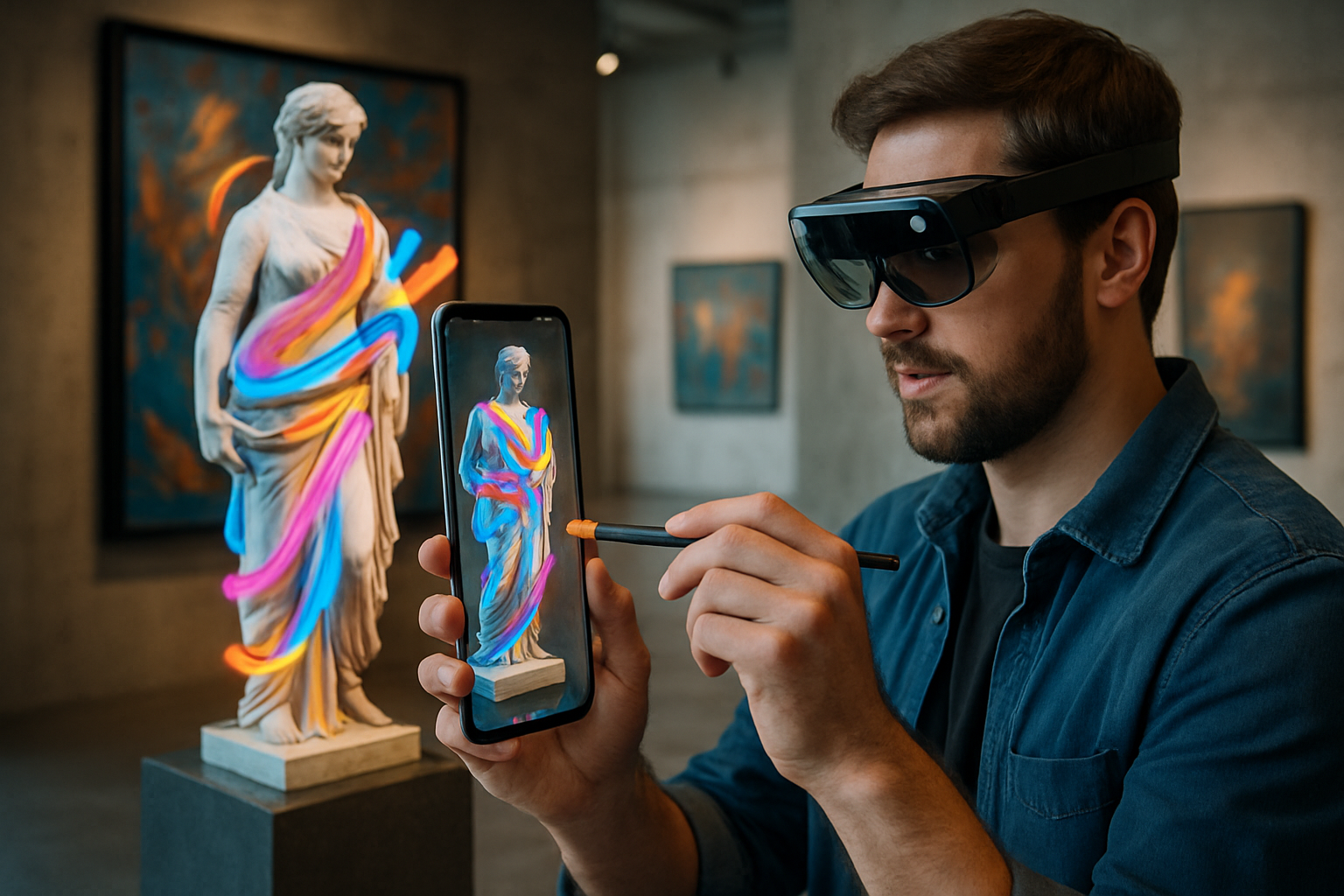Holographic Opera: A New Dimension in Performance Art
In the ever-evolving landscape of performing arts, a groundbreaking fusion of technology and classical tradition is captivating audiences worldwide. Holographic opera, a revolutionary approach to staging centuries-old compositions, is pushing the boundaries of what's possible in live performance. This innovative technique blends cutting-edge holographic projections with traditional operatic elements, creating an immersive experience that's redefining the art form for the 21st century.

Technological Marvels Behind the Curtain
At the heart of holographic opera lies a complex network of advanced technologies. High-powered laser projectors, sophisticated motion capture systems, and custom-designed holographic screens work in tandem to create three-dimensional images that seem to occupy physical space alongside live performers. The result is a seamless blend of the tangible and the virtual, where holographic set pieces and characters interact with flesh-and-blood singers in real-time.
Reimagining Classic Works
One of the most exciting aspects of holographic opera is its ability to breathe new life into classic compositions. Works like Wagner’s Ring Cycle and Verdi’s Aida have been reimagined with spectacular holographic effects, transporting audiences to fantastical realms that were previously impossible to realize on stage. These productions not only honor the original works but also introduce them to new generations of opera-goers who might otherwise find traditional stagings less engaging.
Challenges and Controversies
Despite its growing popularity, holographic opera has not been without its challenges and critics. Some traditionalists argue that the technology detracts from the purity of the vocal performances, while others worry about the potential for technical glitches to disrupt live shows. Additionally, the high costs associated with implementing holographic systems have limited their adoption to only the most well-funded opera houses, raising concerns about accessibility and equity in the arts.
The Future of Holographic Opera
As technology continues to advance, the possibilities for holographic opera seem boundless. Researchers are already exploring ways to incorporate haptic feedback and augmented reality elements, further blurring the line between the virtual and the real. Some visionaries even predict a future where remote audiences can experience holographic performances in their own homes, potentially revolutionizing the way we consume live entertainment.
A New Era of Artistic Expression
Holographic opera represents more than just a technological gimmick; it’s ushering in a new era of artistic expression. By combining the timeless beauty of operatic music with the limitless potential of digital imagery, this innovative form is attracting diverse audiences and inspiring a new generation of composers, performers, and designers. As holographic opera continues to evolve, it promises to keep the centuries-old art form vibrant and relevant in an increasingly digital world.
Global Impact and Cultural Exchange
The rise of holographic opera is having a profound impact on cultural exchange and artistic collaboration. Opera houses around the world are partnering with tech companies and international artists to create productions that transcend geographical and cultural boundaries. These collaborations are not only pushing the boundaries of what’s technically possible but also fostering a global dialogue about the future of performing arts in the digital age.
Educational Opportunities
Holographic opera is opening up new educational opportunities in both the arts and technology sectors. Universities and conservatories are developing interdisciplinary programs that combine traditional music education with cutting-edge digital skills, preparing students for careers at the intersection of art and technology. Meanwhile, tech companies are investing in arts education, recognizing the unique creative challenges posed by holographic productions.
Economic Implications
The emergence of holographic opera is having significant economic implications for the performing arts industry. While the initial investment in holographic technology can be substantial, many opera houses report increased ticket sales and renewed interest from sponsors and donors. This influx of capital is allowing for more ambitious productions and providing much-needed financial stability to an art form that has often struggled with funding in recent years.
In conclusion, holographic opera stands at the forefront of a technological revolution in the performing arts. By seamlessly blending tradition with innovation, it offers a glimpse into the future of live entertainment while honoring the rich history of opera. As this exciting field continues to develop, it promises to captivate audiences, inspire artists, and push the boundaries of what’s possible on stage for generations to come.





